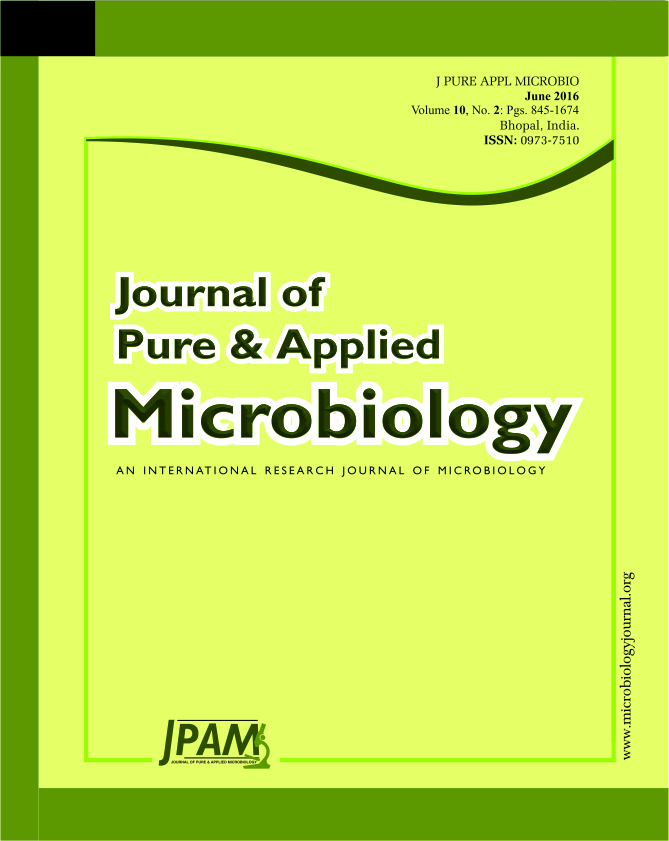The purpose of this study was to determine the antimicrobial susceptibility patterns of Acinetobacter baumannii isolates and identify the presence of oxacillin-hydrolyzing (OXA) carbapenemase genes and their related insertion sequences (ISs), which have an important role in drug resistance. A total of 105 clinical isolates of A. baumannii were tested for their susceptibility to different antibiotics using a disc diffusion method. All isolates were evaluated for the presence of the blaOXA-51-like, blaOXA-23-like, blaOXA-24-like, and blaOXA-58-like genes along with IS elements by polymerase chain reaction (PCR). The PCR analysis showed the presence of the blaOXA-51-like and blaOXA-23-like genes and ISAba1 in all isolates. About 64.76% of the isolates were positive for the blaOXA-24-like gene, and 92.38% were positive for ISAba2. All isolates were negative for the blaOXA-58-like gene. The lowest resistance rates were observed for trimethoprim/sulfamethoxazole (92.38%) and minocycline and amikacin (93.33% both). The presence of IS elements in the clinical isolates, detected in the current study, can explain the rapid dissemination of resistance genes. The high prevalence rates of OXA genes among the A. baumannii isolates show that it is necessary to control nosocomial infections and isolate patients with these infections.
A. baumannii, β–lactamases, OXA genes, ISAba1, ISAba2.
© The Author(s) 2016. Open Access. This article is distributed under the terms of the Creative Commons Attribution 4.0 International License which permits unrestricted use, sharing, distribution, and reproduction in any medium, provided you give appropriate credit to the original author(s) and the source, provide a link to the Creative Commons license, and indicate if changes were made.


